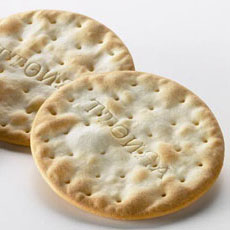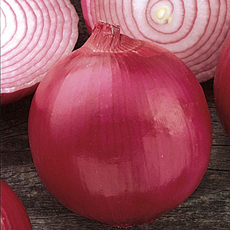FOOD FUN: Why Ask Why? Food Trivia

|
Here are some fun food facts adapted from TodayIFoundOut.com
Why Chiles Taste Hot The heat in chiles comes from a colorless, odorless chemical called capsaicin, which is found mostly in the seeds and ribs of the chiles. Capsaicin binds with certain sensory neurons in the mouth to trick the body into thinking it is burning—although no physical burning takes place. Details. The holes allow steam to escape during cooking, which keeps the crackers flat. Otherwise, they’d rise like a biscuit. Adding holes is an art: If they are too close together, too much steam/moisture escapes and the crackers will be dry and hard. If the holes are too far apart, parts of the cracker will rise. Details. Milk is composed of 87% water and 13% solids—fat and proteins. The chief protein is casein, which comprises some 80% of the proteins in milk. The casein proteins and some of the fats deflect light, which results in milk being fairly opaque and appearing white to our eyes. Details. Menthol, a chemical in mint, binds with cold-sensitive receptors and tricks the brain into thinking that you are feeling a cold sensation. In fact, everything is the same temperature as it was pre-menthol. Details. |
|
|
Why Onions Make Your Eyes Water Onions absorb sulfur from the soil. When chopped, the cells are broken and release enzymes which react with the sulfur. When this substance comes in contact with the moisture in the eye, it triggers a burning sensation, which then engenders tears. Sweet onions grow in low-sulphur soil, which is why they don’t emit fumes when cut. Details. Popcorn is the only variety of corn that will pop. When the kernels are heated up, the water inside begins to steam. Eventually, the pressure of the steam gets so great that the shell bursts. When some kernels remain unpopped, it is likely that they are low in moisture. Details. Some of the microbes added to the milk in the cheese-making process produce significant amounts of lactic acid, which is consumed by other microbes. These microbes produce carbon dioxide as a byproduct, which creates bubbles within the cheese. Rather than pressing them out, the cheese makers leave them as a distinctive feature of the cheese. Details. |
|
|
|
|
||





